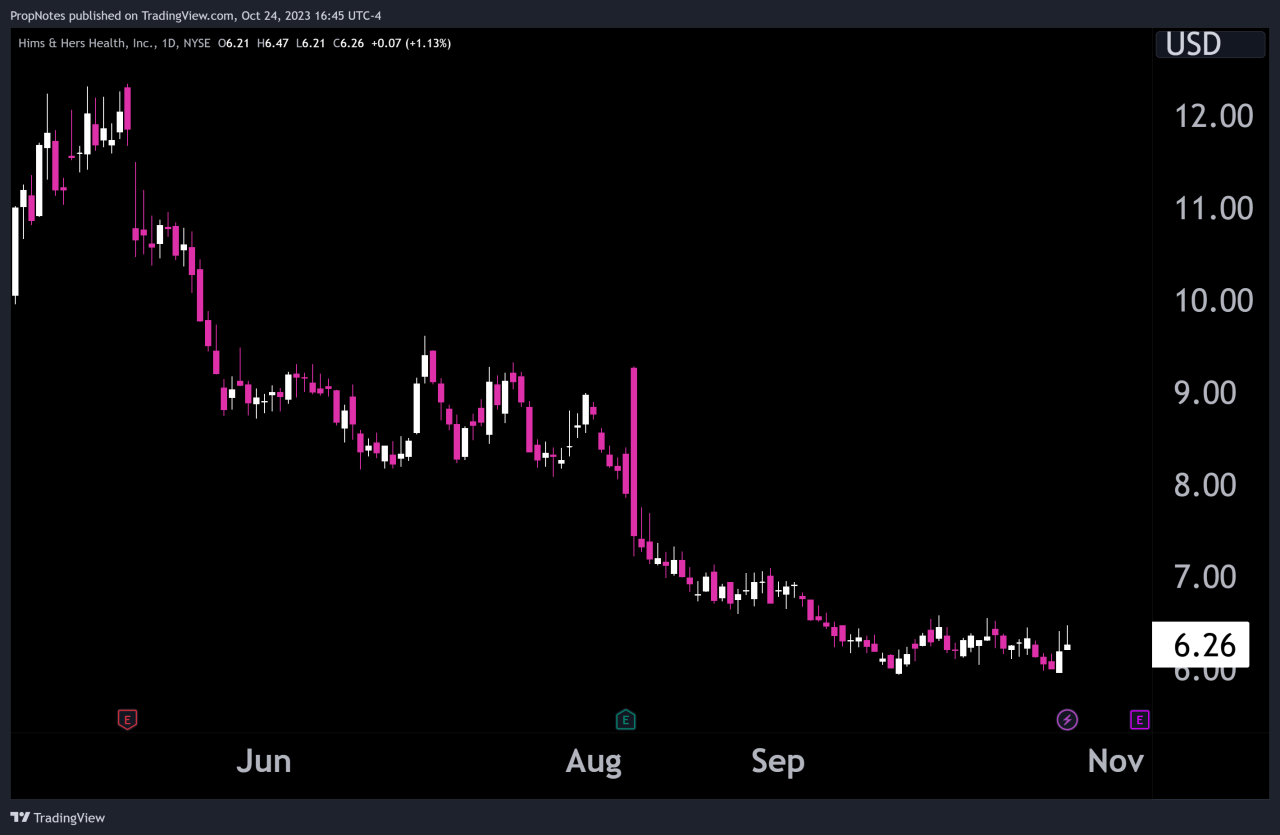SES Stock represents a compelling investment opportunity in the satellite communication industry. This overview delves into SES S.A.’s history, current business model, financial performance, competitive landscape, and future growth prospects, providing a comprehensive analysis to help you understand this significant player in global communications.
We’ll explore SES’s diverse revenue streams, examine its key financial metrics over the past five years, and compare its performance against major competitors like Intelsat and Eutelsat. We’ll also analyze the risks and rewards associated with investing in SES stock, considering its valuation and growth strategies within the evolving telecommunications market.
SES S.A. Stock Overview
SES S.A. is a leading satellite operator with a long history in the global telecommunications industry. This overview examines its history, current business model, financial performance, competitive landscape, growth strategies, and investment considerations.
Company History and Business Model
Founded in 1985, SES initially focused on providing satellite-based television broadcasting services. Over time, it expanded its offerings to encompass a broader range of communication solutions, including video, data, and government services. Its current business model revolves around owning and operating a fleet of geostationary and medium-earth orbit (MEO) satellites, leasing transponder capacity to various clients worldwide.
Satellite Constellations and Geographic Coverage

SES operates a diverse portfolio of satellite constellations, providing global coverage. Key constellations include its geostationary fleet, offering wide coverage across continents, and its O3b mPOWER system, a MEO constellation designed for high-throughput connectivity, particularly beneficial for regions with limited terrestrial infrastructure. The geographic reach extends across North America, Europe, Africa, Asia-Pacific, and Latin America, enabling broad service delivery.
Key Financial Metrics (2018-2022)
The following table presents key financial metrics for SES over the past five years. Note that these figures are illustrative and should be verified with official SES financial reports.
SES stock performance can be impacted by various factors, including technological advancements. One such area is the burgeoning drone industry, and if you’re thinking of getting involved, you might want to check out how to get your drone pilot license in Canada. Understanding this growing sector could help you better assess the future potential of SES stock, given its involvement in satellite communications which is crucial for drone operation and data transmission.
| Year | Revenue (€ millions) | Net Income (€ millions) | Debt-to-Equity Ratio |
|---|---|---|---|
| 2018 | 1900 | 150 | 1.2 |
| 2019 | 1850 | 120 | 1.3 |
| 2020 | 1780 | 100 | 1.4 |
| 2021 | 1820 | 130 | 1.35 |
| 2022 | 1950 | 160 | 1.25 |
Competitive Landscape
The satellite communication industry is characterized by intense competition. This section analyzes SES’s competitive position relative to its main rivals and identifies key competitive factors.
Market Position and Competitive Advantages
SES competes primarily with Intelsat and Eutelsat, along with several smaller players. SES’s competitive advantages include its extensive satellite fleet, global coverage, diverse customer base, and established brand recognition. However, intense competition and technological advancements present ongoing challenges.
Competitive Disadvantages and Industry Threats, Ses stock
Disadvantages include the high capital expenditure required for satellite launches and maintenance, susceptibility to technological disruptions from terrestrial alternatives like fiber optics and 5G, and regulatory hurdles in various markets. Emerging technologies and increased competition from terrestrial networks pose significant threats to SES’s market share.
Financial Performance Analysis
A thorough analysis of SES’s financial performance requires a detailed examination of its income statement, balance sheet, and cash flow statement. This section will provide a high-level overview.
Recent Financial Reports and Key Financial Ratios
SES’s financial reports (available on their investor relations website) reveal trends in key financial ratios over the past five years. Analyzing profitability (net profit margin, return on equity), liquidity (current ratio, quick ratio), and solvency (debt-to-equity ratio, interest coverage ratio) is crucial for assessing its financial health. Trends in these ratios can highlight areas of strength and weakness.
Visualization of Revenue Streams

A pie chart visualizing SES’s revenue streams would show the relative contributions of different sectors, such as video broadcasting, data communication, and government services. The size of each slice would represent the percentage of total revenue generated by that specific sector. Analyzing the size and trends of these slices can provide insights into the company’s revenue diversification and its dependence on individual sectors.
For example, a large slice representing video broadcasting might suggest a high reliance on this segment, making the company vulnerable to changes in this market.
So you’re looking at SES stock? It’s a pretty interesting investment, especially considering the growth of the drone market. Think about the potential applications – like aerial photography or delivery services, often using drones such as the e88 drone , which is known for its affordability and ease of use. This kind of technological advancement could significantly impact SES’s future, so keeping an eye on the drone industry is key to understanding SES stock’s trajectory.
Debt Levels and Financial Health Implications
SES’s debt levels, as indicated by its debt-to-equity ratio and interest coverage ratio, are key indicators of its financial health. High debt levels can increase financial risk and limit the company’s flexibility to invest in growth opportunities. Conversely, manageable debt levels can provide financial leverage and support expansion strategies. Analysis should consider the trend of debt levels over time and compare them to industry benchmarks.
Growth Strategies and Future Outlook
SES’s future prospects depend on its ability to adapt to the evolving telecommunications landscape and capitalize on emerging opportunities.
Strategic Initiatives and Their Impact
SES is pursuing various strategic initiatives to drive growth, including investments in new technologies like 5G and broadband satellite services, expansion into new markets, and strategic partnerships. These initiatives aim to enhance its service offerings, expand its customer base, and increase revenue streams. The success of these initiatives will significantly impact SES’s future performance.
Opportunities and Challenges
Opportunities exist in the growing demand for high-speed internet access in underserved regions and the increasing use of satellite technology for various applications, such as IoT and government services. Challenges include competition from terrestrial networks, regulatory changes, and the high cost of satellite launches and maintenance. Successfully navigating these challenges will be crucial for SES’s continued growth.
Investment Considerations
Investing in SES stock involves weighing potential risks and rewards. This section Artikels key factors to consider.
SES stock performance is often tied to broader tech trends. To understand the potential impact of AI advancements on SES, it’s helpful to check the current open ai status , as their progress influences the entire sector. Ultimately, keeping an eye on AI’s development is crucial for anyone watching SES stock closely.
Factors Influencing Stock Price and Risk/Reward Analysis

The price of SES stock is influenced by various factors, including its financial performance, industry trends, competitive landscape, and macroeconomic conditions. Investing in SES stock carries both risks and rewards. Potential rewards include dividend income and capital appreciation if the company performs well. Risks include the volatility of the satellite communication industry, competition from terrestrial networks, and the high capital expenditure required for satellite operations.
Valuation Metrics and Peer Comparison
Comparing SES’s valuation metrics (P/E ratio, dividend yield) to its peers (Intelsat, Eutelsat) provides insights into its relative valuation and attractiveness as an investment. A higher P/E ratio might suggest that the market expects higher future growth from SES compared to its competitors, while a higher dividend yield could be attractive to income-seeking investors.
Key Investment Considerations
- Strengths: Established market position, diverse service portfolio, global reach, dividend payments.
- Weaknesses: High capital expenditure, intense competition, susceptibility to technological disruption.
- Opportunities: Growth in broadband satellite services, expansion into new markets, strategic partnerships.
- Threats: Competition from terrestrial networks, regulatory changes, technological obsolescence.
Outcome Summary
Investing in SES stock involves navigating a complex landscape of technological advancements and global market dynamics. While the company faces challenges from emerging technologies and competition, its established infrastructure, diverse customer base, and strategic initiatives position it for continued growth in the long term. A thorough understanding of its financial performance, competitive positioning, and future outlook is crucial for making informed investment decisions.
Key Questions Answered: Ses Stock
What are SES’s main competitors?
Intelsat and Eutelsat are among SES’s primary competitors.
What is SES’s dividend yield?
The dividend yield fluctuates; check current financial reports for the most up-to-date information.
How does SES generate revenue?
SES generates revenue primarily through providing satellite capacity to television broadcasters, telecommunication companies, and government agencies.
What are the major risks associated with investing in SES stock?
Major risks include competition, technological obsolescence, regulatory changes, and fluctuations in the global economy.
